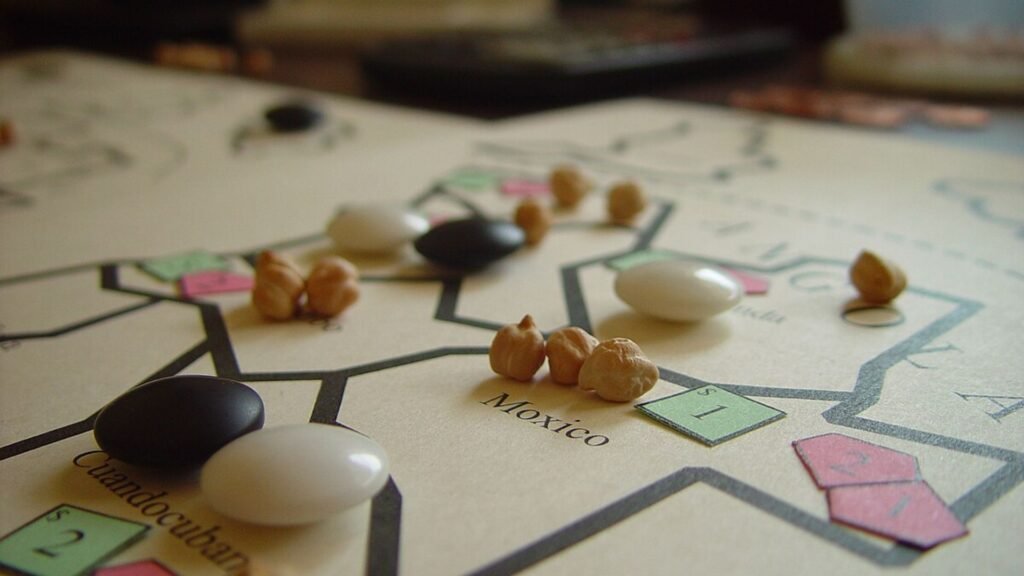3D game mechanics are the foundation that shapes how players interact with and experience a game. These mechanics involve everything from movement and camera control to physics and environmental interaction. Understanding and analyzing 3D game mechanics is crucial for game developers and players alike, as it allows for the creation of more immersive and enjoyable gaming experiences. In this article, we’ll explore some of the key elements of 3D game mechanics.

Movement and Navigation
Movement is one of the most fundamental aspects of 3D game mechanics. It involves how a player character or object moves within a 3D space, including walking, running, jumping, climbing, and flying. Effective movement mechanics require:
- Smooth Animation Transitions: Seamless transitions between different movement states (e.g., running to jumping) help maintain immersion and realism.
- Responsive Controls: Ensuring that movement controls are responsive and intuitive is crucial for player satisfaction. Input lag or unresponsive controls can frustrate players and break immersion.
- Realistic Physics: Incorporating realistic physics into movement mechanics, such as gravity and momentum, enhances the believability of the game world.
Camera Control
The camera is the player’s window into the game world, and how it is controlled can significantly impact the gaming experience. There are several types of camera perspectives in 3D games:
- First-Person Camera: The camera is positioned as if through the eyes of the player character, creating an immersive experience. This perspective is common in shooter games.
- Third-Person Camera: The camera follows the player character from a distance, providing a broader view of the environment. This perspective is often used in action-adventure games.
- Dynamic Camera Systems: Some games use dynamic cameras that adjust based on the player’s actions or the environment, such as automatically zooming out during combat or shifting to a cinematic angle during cutscenes.
- Camera Sensitivity and Control Options: Allowing players to customize camera sensitivity and inversion can help cater to individual preferences, improving overall comfort and gameplay.
Environmental Interaction
Interacting with the environment is another crucial aspect of 3D game mechanics. This can include:
- Physics-Based Interaction: Objects in the game world should respond realistically to player actions, such as boxes being pushed, doors opening, or items being picked up and thrown. This adds a layer of immersion and makes the world feel alive.
- Destructible Environments: Some games feature environments that can be altered or destroyed by the player. For example, walls can be broken, or trees can be cut down, creating a dynamic and interactive world.
- Environmental Hazards: Introducing hazards like traps, fire, or water can add challenges and require players to think strategically about their interactions with the environment.
Combat Mechanics
Combat is a critical mechanic in many 3D games, especially in genres like action, RPGs, and shooters. Key elements of combat mechanics include:
- Hit Detection: Accurate hit detection ensures that player attacks connect realistically with enemies or objects. Poor hit detection can lead to frustrating experiences.
- Combo Systems: Some games feature combo systems that reward players for chaining attacks together, adding depth and complexity to combat.
- AI Behavior: The behavior of enemy AI plays a significant role in combat mechanics. Smart AI that adapts to player strategies can make combat more challenging and engaging.
Puzzle and Challenge Design
Puzzles and challenges in 3D games often require players to think critically and use the mechanics of the game world to progress. These can include:
- Spatial Awareness Puzzles: These puzzles require players to understand and manipulate the 3D space, such as rotating objects or navigating mazes.
- Physics-Based Puzzles: Utilizing the game’s physics engine, these puzzles involve elements like weight distribution, balance, and momentum.
- Timing and Precision Challenges: Some games require precise timing or control, such as platforming sections where players must jump or dodge at the exact moment.
Conclusion
Analyzing 3D game mechanics reveals the complexity and depth that goes into creating an immersive and engaging gaming experience. From movement and camera control to environmental interaction and combat, each element plays a crucial role in how players perceive and enjoy the game. Understanding these mechanics not only benefits game developers in crafting better games but also enhances players’ appreciation of the intricate systems that make their favorite games so enjoyable.

